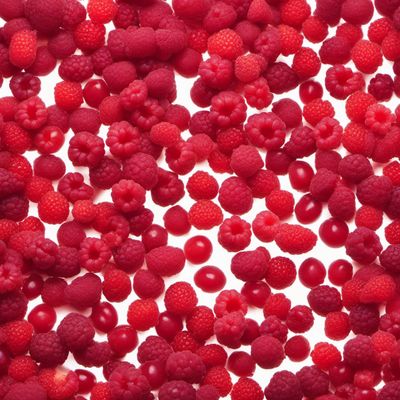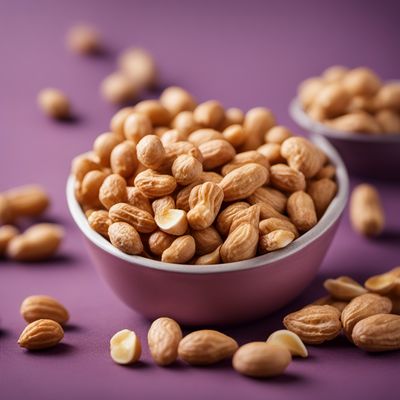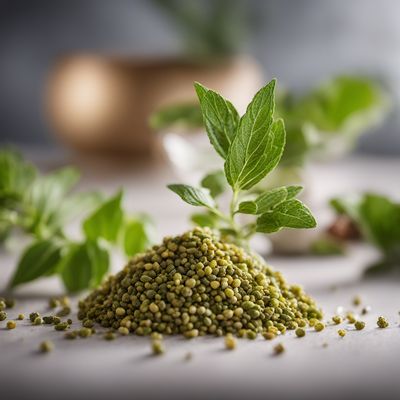
Ingredient
Estragon flavour
The Delicate Herb: Estragon's Subtle Allure
Estragon, characterized by its long, slender leaves and pale green color, offers a delicate flavor reminiscent of licorice and anise. It has a slightly sweet and tangy taste with hints of pepper and mint. This herb provides a refreshing and aromatic element to salads, sauces, dressings, and seafood dishes.
Origins and history
Estragon, native to Eurasia, has a long history dating back to ancient times. It was highly regarded in ancient Greece and Rome for its medicinal properties and was later introduced to Europe by the Crusaders. Estragon gained popularity in French cuisine during the 16th century and has since become a staple herb in classic French dishes like Béarnaise sauce and fines herbes.
Nutritional information
Estragon is low in calories and contains essential vitamins and minerals, including vitamin A, vitamin C, and potassium. It also possesses antioxidant properties that contribute to overall health and well-being.
Allergens
Estragon is generally safe for consumption, but some individuals may have allergies or sensitivities to this herb. If you have a known allergy to plants in the Asteraceae family, such as ragweed or daisies, it's advisable to exercise caution when using estragon.
How to select
When selecting estragon, look for fresh, vibrant leaves that are free from wilting or discoloration. The leaves should have a strong aroma, indicating their freshness. If possible, choose organic or locally grown estragon for the best quality and flavor.
Storage recommendations
To maintain the freshness of estragon, store it in the refrigerator wrapped in a damp paper towel or placed in a plastic bag. This helps retain its moisture and prevents wilting. Alternatively, you can place the herb in a glass of water like a bouquet to extend its shelf life.
How to produce
Estragon can be easily grown in a home garden or even in pots on a balcony or windowsill. It thrives in well-drained soil and requires ample sunlight. Plant estragon seeds or seedlings in the spring and harvest the leaves as needed throughout the growing season.
Preparation tips
Estragon can be used fresh or dried in various culinary preparations. Add fresh estragon leaves to salads, dressings, and sauces for a subtle yet distinctive flavor. It pairs exceptionally well with seafood, chicken, and eggs. Dried estragon can be used in marinades, rubs, and spice blends, providing a longer-lasting flavor.
Substitutions
If estragon is not available, a suitable substitute would be dill or basil, which offer similar herbaceous and slightly sweet notes. However, keep in mind that the flavor profile may differ slightly from the original recipe.
Culinary uses
Estragon is commonly used in French cuisine, particularly in classic dishes like Béarnaise sauce, fines herbes, and tarragon vinegar. It is also a key ingredient in Russian cuisine, where it is used in dishes like Olivier salad and pickled cucumbers. Estragon's delicate flavor is versatile and can be incorporated into various dressings, marinades, and herb-infused oils.
Availability
Estragon is cultivated and available in many regions around the world. It is commonly found in Europe, North America, and Asia. Major producers include France, Russia, the United States, and China.
More ingredients from this category » Browse all

Eggnog flavour
"Velvety Delight: Exploring the Richness of Eggnog Flavor"

Pastry flavour
The Essence of Pastry: Unveiling the Flavorful World of Pastry Flavour

Rose flavour
The Enchanting Essence of Roses

Blue cheese flavour
The Bold and Tangy Indulgence

Wild berry flavour
Bursting with Nature's Delight: Exploring the Wild Berry Flavor

Peanut flavour
The Versatile Delight of Peanut Flavor

Raffaello flavour
The Delicate Bliss: Raffaello Flavour

Chives flavour
The Delicate Allium

Herbal blend flavour
The Art of Herbal Infusion

Masala hot flavour
Fiery Spice Explosion: Unleashing the Flavors of Masala Hot

Grenadine flavour
The Essence of Grenadine

Coffee flavour
The Essence of Coffee